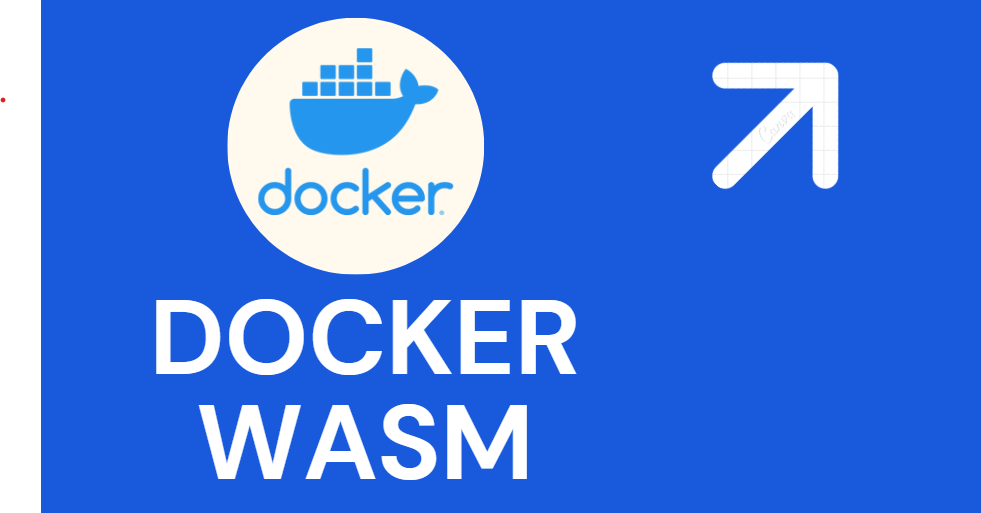As of my knowledge cutoff in September 2021, Docker does not natively support WebAssembly (Wasm) as a runtime environment. However, there are ongoing efforts to explore the integration of Wasm with containerization technologies like Docker.
One such effort is the integration of Wasm with the Open Container Initiative (OCI) Runtime Specification, which is the basis for Docker runtimes. This would allow Wasm modules to be executed within a containerized environment, leveraging the isolation and resource management capabilities provided by Docker.
There are also experimental projects like “Wasmtime for Docker”, which aim to provide a Docker image that includes a Wasm runtime (Wasmtime) for executing Wasm modules.
Overall, the integration of Wasm with Docker is still in the experimental stage, and it remains to be seen how it will evolve in the future.
One potential benefit of using WebAssembly (WASM) with Docker is that it can provide a more efficient and lightweight alternative to traditional containerization methods. With WASM, applications can be compiled into a portable binary format that can be run in a wide variety of environments, including Docker containers.
By using WASM in conjunction with Docker, developers can create smaller and more efficient container images that can be easily distributed and deployed across a range of platforms and devices. This can help to reduce the overall resource usage and improve the performance of Dockerized applications, while also providing a more streamlined development and deployment process. Additionally, the use of WASM can allow for more secure and isolated container environments, which can help to reduce the risk of security breaches and other vulnerabilities.
Docker wasm setup
At the moment, Docker does not natively support WebAssembly (Wasm) as a container runtime. However, it is possible to run Wasm binaries inside a Docker container using a runtime like wasmtime.
Here are the general steps to set up Docker with Wasm:
1.Install Docker and wasmtime on your system.
2. Create a Dockerfile that specifies the base image and copies your Wasm binary into the container.
3. Build the Docker image using the Dockerfile.
4. Run the Docker container using the wasmtime runtime to execute the Wasm binary.
Here’s an example Dockerfile that copies a Wasm binary into a Docker container and runs it with wasmtime:
sqlCopy codeFROM debian:buster-slim
RUN apt-get update && apt-get install -y curl
RUN curl https://wasmtime.dev/install.sh | bash
COPY my_wasm_file.wasm /app/
CMD [ "wasmtime", "/app/my_wasm_file.wasm" ]
This Dockerfile uses a Debian base image, installs curl to download and install wasmtime, and then copies a Wasm binary into the container’s /app/ directory. Finally, it specifies the CMD to run the Wasm binary with wasmtime.
To build the Docker image, navigate to the directory with the Dockerfile and run the following command:
Copy codedocker build -t my_wasm_image .
Once the image is built, you can run it with the following command:
arduinoCopy codedocker run my_wasm_image
This will execute the Wasm binary using the wasmtime runtime inside the Docker container.

